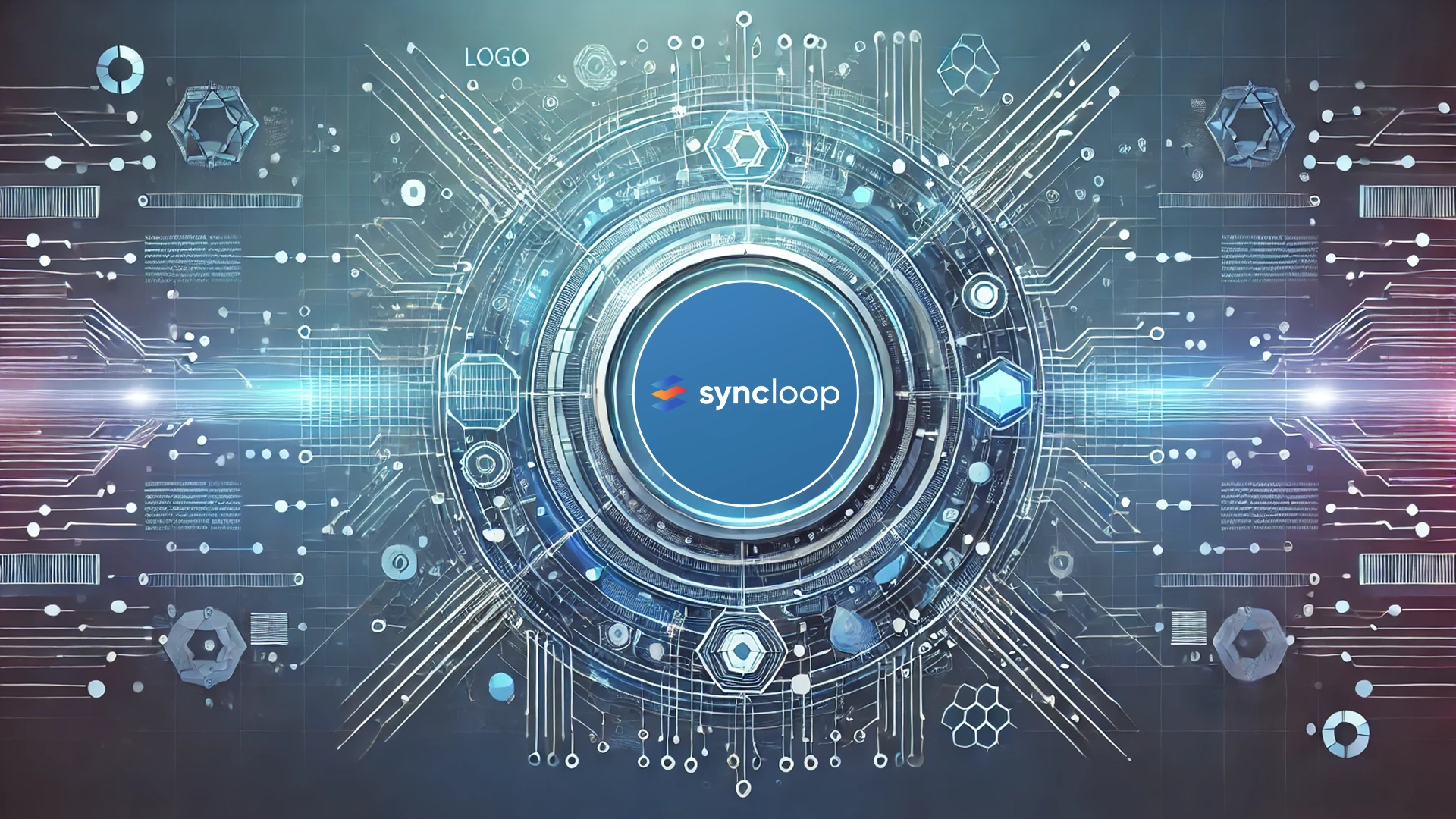APIs for Virtual Reality Applications: A Syncloop Perspective
Posted by: Neerja | December 24, 2024

The Role of APIs in Virtual Reality
APIs in VR applications facilitate communication between hardware (headsets, controllers) and software (games, simulations). They enable critical functionalities such as:
- Real-Time Interactions:
- Synchronize movements and responses across devices.
- Cross-Platform Compatibility:
- Support multiple VR devices and ecosystems.
- Content Streaming:
- Deliver high-quality, immersive visuals and audio with low latency.
- Data Collection and Analysis:
- Track user interactions for insights and personalization.
Syncloop Features Tailored for VR APIs
1. Real-Time Data Handling
- Challenge: VR requires ultra-low latency for real-time interactions.
- Solution: Syncloop supports WebSocket and event-driven architectures to ensure seamless and immediate data transmission.
2. Scalability for High Traffic
- Challenge: VR applications must handle large volumes of concurrent users.
- Solution: Syncloop’s auto-scaling feature adjusts to spikes in user activity, ensuring consistent performance.
3. Device and Platform Integration
- Challenge: VR environments include a wide range of devices with varying capabilities.
- Solution: Syncloop provides connectors for integrating APIs with popular VR hardware and platforms.
4. Secure and Reliable Connections
- Challenge: Maintaining data integrity and user privacy in immersive environments.
- Solution: Syncloop offers robust security protocols, including OAuth, token-based authentication, and encryption.
Building VR APIs with Syncloop: Step-by-Step Guide
Step 1: Define VR API Use Cases
- Identify specific functionalities such as:
- Motion tracking
- Audio-visual synchronization
- Multiplayer interactions
- Content delivery and updates
Step 2: Design APIs
- Use Syncloop’s intuitive interface to create endpoints and define payload structures.
- Implement REST for compatibility or WebSocket for real-time communication.
Step 3: Integrate Devices
- Connect APIs to VR hardware like headsets and controllers.
- Use Syncloop’s protocol translation capabilities for seamless integration.
Step 4: Optimize for Low Latency
- Enable caching and optimize routing paths to reduce response times.
- Test APIs under simulated VR conditions using Syncloop’s performance tools.
Step 5: Ensure Cross-Platform Compatibility
- Design APIs to support multiple VR ecosystems, including Oculus, HTC Vive, and PlayStation VR.
- Use Syncloop’s transformers to standardize data formats.
Step 6: Secure the APIs
- Implement authentication mechanisms to control access.
- Use Syncloop’s rate-limiting features to protect against misuse and overloading.
Syncloop API Use Cases in VR
1. Gaming
- Enable real-time multiplayer interactions with WebSocket APIs.
- Manage leaderboards, achievements, and in-game economies.
2. Healthcare
- Support VR therapies with APIs for motion tracking and biometric data integration.
3. Education
- Power immersive simulations and real-time collaboration tools.
4. Real Estate
- Deliver high-resolution 3D walkthroughs of properties.
Best Practices for VR APIs with Syncloop
1. Prioritize Performance
- Minimize latency using Syncloop’s real-time processing tools.
- Use monitoring dashboards to identify and address bottlenecks.
2. Emphasize Security
- Protect sensitive user data with robust encryption and authentication protocols.
3. Focus on Compatibility
- Design APIs that adapt to different devices and platforms.
4. Test Extensively
- Simulate VR scenarios to ensure APIs perform under real-world conditions.
5. Document Thoroughly
- Use Syncloop’s integrated documentation tools to provide clear and detailed API references.
Real-World Applications
- Immersive Retail Experiences:
- APIs for virtual stores and product customization.
- VR-Based Training:
- Power interactive simulations for industries like aviation and manufacturing.
- Remote Collaboration:
- APIs for shared virtual workspaces and meetings.
Conclusion
APIs are the linchpins of VR applications, bridging the gap between hardware, software, and immersive experiences. Syncloop’s robust platform empowers developers to build VR APIs that are fast, secure, and scalable, meeting the demands of this cutting-edge technology. By leveraging Syncloop’s features, developers can create APIs that redefine user engagement in virtual reality.
An illustration of a VR user interacting with a fully immersive virtual environment, with API connections visualized as data streams connecting VR devices to a central Syncloop-powered platform.
Back to Blogs